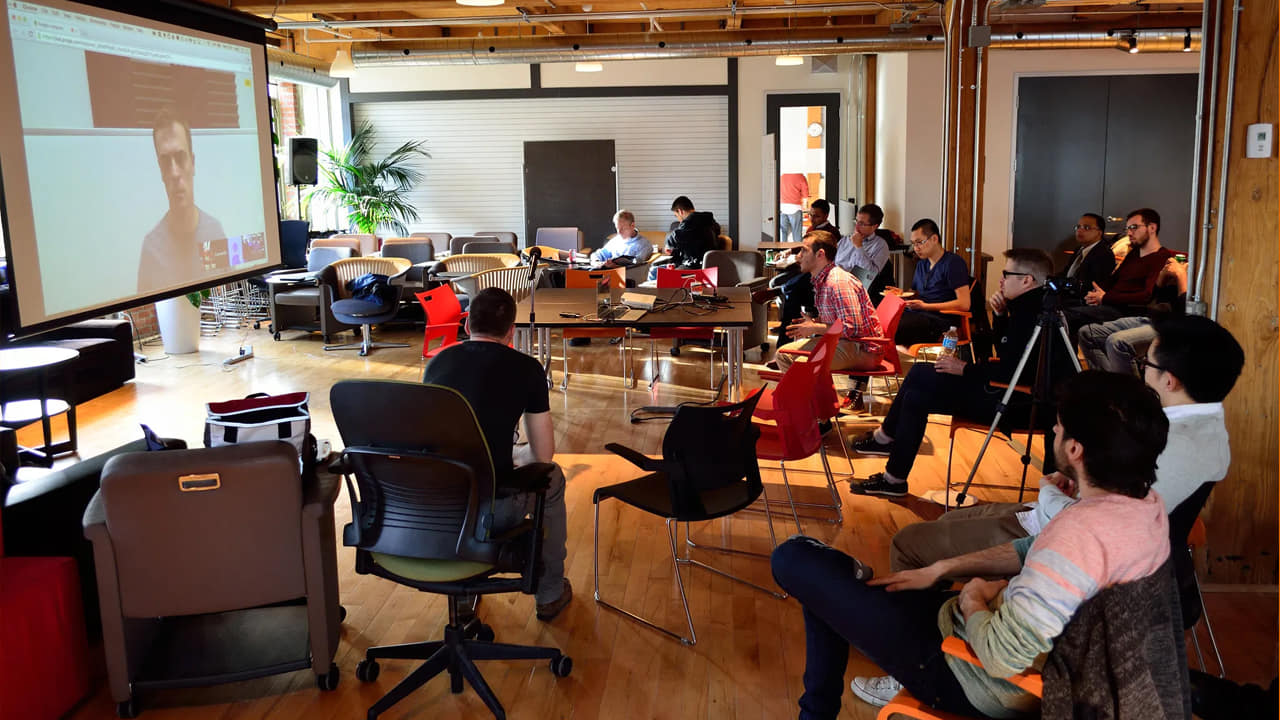Video Conferencing At Work
As video meetings become a fact of the corporate life, there’s a need for more and more companies to integrate it into their communication systems. If you find yourself in a bid to stay ahead of your competition, adapting new and better tools to help you improve the way your business works is a must. One of those tools include video conferencing technology. Given the benefits the video solution offers, you have more than a million reasons to install one in your company offices. But what do your employees really think about being on camera for most of your meetings?
On display discomfort:
The Entrepreneur says half of employees engage in video conferences. And about 54 percent of them prefer audio-only meetings. One of the main reasons for this is that more employees find it uncomfortable to be on video. According to the same report, it’s interesting to note that more—about 92 percent of women at work prefer audio conferences over 77 percent of men who do. That means more women are uneasy about doing video calls.

Common worries:
Most are worried about speaking while they’re on video. Users are also worried that their background setting might come across as unprofessional. The way they appear on screen is also a concern, especially if the lighting isn’t good. Is their voice audible or do they have to move closer to the mic? How will that look onscreen? Participants also tend to fret over what to wear to a virtual meeting. All these translate to a pile of worries they wouldn’t have had to deal with if they went with audio conferences in the first place.
Usual pet peeves:
Participants also reported the top 5 things that annoy them with video conferencing. Background noise tops the list, followed by late participants to the meeting. Third is when participants won’t give way and talk over each other. Fourth is when people repeat information, especially useless information and the last is when people use filler words in their presentations.
Better attentiveness:
However, despite the comfort level participants feel, they all agree on one thing: video calls make them more attentive. They know everyone can see what they’re doing so that already reduces the possibility of them multitasking—replying to their emails or playing a game or reading another report. It’s easy to see if someone isn’t fully engaged. If your mind is off elsewhere, you aren’t going to be giving that a meeting a hundred percent. And that could compromise productivity levels. It also turns the meetings into a tremendous waste of time and energy. With better attention levels, your team can accomplish so much more.
The right tools:
One thing that’s essential in getting the use video technology off the ground in your company is the right tools. By investing in the right video conference business tools from BlueJeans, you can provide your team with everything they need to help them learn the software, know it inside and out and effectively use it. With an easy-to-use interface, your team won’t have to fear using the technology, especially if it’s their first time to do so. They can get on to getting work done instead.
Benefits of video:
By going on video, people are much more attentive. This improves engagement among your employees. With high engagement comes better productivity and results. And since nobody wants to be caught off guard or unprepared during a meeting, especially a video meeting at that, they tend to prepare more for video meetings than audio meetings. That’s already a win for you, especially if you want your team to work harder at finding better solutions and coming up with even better plans and ideas. And because meetings on video eliminate the need to travel to a single location, this means employees are free to work from anywhere they choose. So long as they have a pretty reliable internet connection, they won’t have to be tied to their desks, nine to five every day. That means more hours spent off work. With video conferencing, employees have more me-time on their hands, allowing them to achieve better work-life balance in the process.
Steady expansion:
TechTarget says use of video conferencing for companies is on the rise. With more and more businesses going global, tools like this can make the difference. And as the technology continues to improve, you can expect prices to drop in the future. While this doesn’t mean audio calls or emails won’t completely disappear, it demonstrates that use of video is growing and that growth isn’t showing signs of stopping any time soon. So if you don’t want your company to be left behind, you’ll need to think about integrating this into your communication platform much, much sooner than later. With so many businesses online trying to grab a bigger share of the consumer pie, later might already be too late.






